Blog
Should Open Exhibits have a forum?
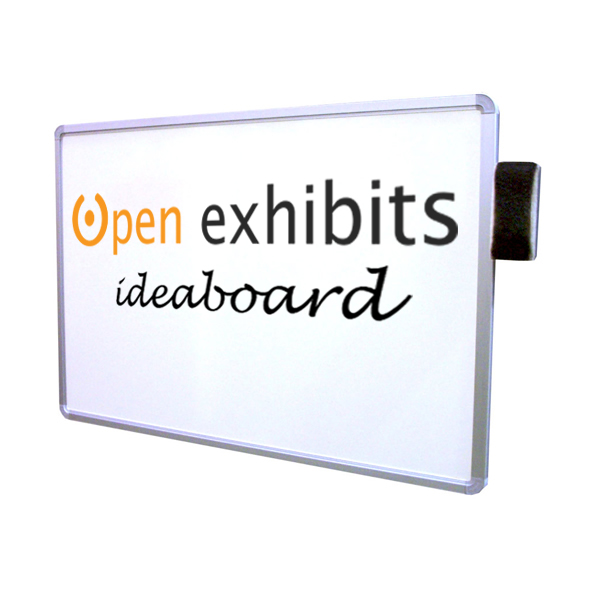 Several Open Exhibits users have recently suggested that we start a discussion forum. While we worry that another support forum will cause confusion, we also see the value in having a place for people to post and discuss code and ideas. We're thinking of creating an "ideaboard" that could be moderated by Open Exhibits users, but not Open Exhibits staff. It would be used for brainstorming and information sharing only. It wouldn't be used for support issues, as those would still be posted to our issue tracker so that Open Exhibits staff can respond. Before deciding against or in favor of a forum, we wanted to ask our community if you would find a forum valuable.
Several Open Exhibits users have recently suggested that we start a discussion forum. While we worry that another support forum will cause confusion, we also see the value in having a place for people to post and discuss code and ideas. We're thinking of creating an "ideaboard" that could be moderated by Open Exhibits users, but not Open Exhibits staff. It would be used for brainstorming and information sharing only. It wouldn't be used for support issues, as those would still be posted to our issue tracker so that Open Exhibits staff can respond. Before deciding against or in favor of a forum, we wanted to ask our community if you would find a forum valuable.
CES 2011: Futuristic Gadgets for Museums & Educators
We were just at the 2011 Consumer Electronics Show in Las Vegas. CES is where practically every electronics hardware manufacturer shows off their latest and greatest, and we saw a plethora of insane gadgets, from the cutting-edge to the solidly practical. Most of the gadgets are focused on personal use (you can now sync your appliances to your smartphone, for instance), but we saw a few that we thought could be used with varying degrees of success for educational or exhibit purposes. Or at least be used to make museums worldwide seem a lot more like Blade Runner.
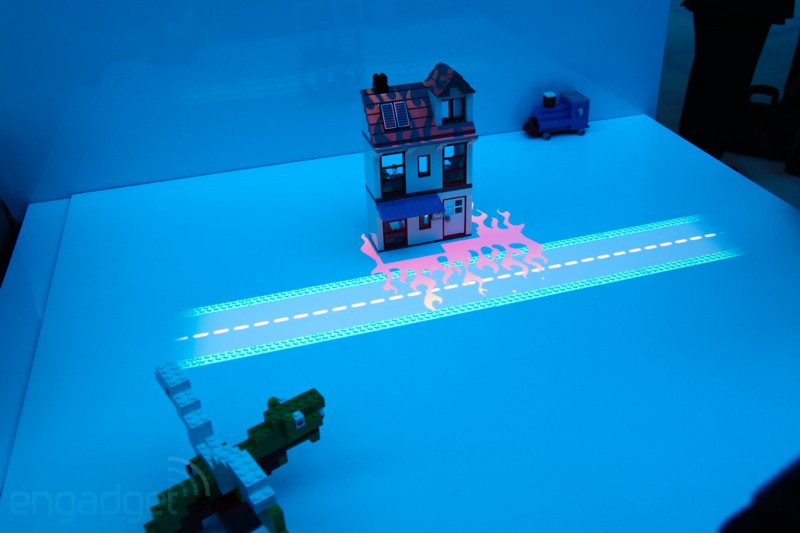 The Intel Oasis is a projection-based system that can recognize 3D objects and project different settings based on the objects. They demo'd it with toys, but we could imagine it in a natural history museum recognizing different dinosaur models and changing the ecosystem of the projected environment based on the dinosaur. Or recognizing historical objects and projecting some facts about the object. Or projecting a map that changes when dams and other landscape-changing features are placed on it.
The Intel Oasis is a projection-based system that can recognize 3D objects and project different settings based on the objects. They demo'd it with toys, but we could imagine it in a natural history museum recognizing different dinosaur models and changing the ecosystem of the projected environment based on the dinosaur. Or recognizing historical objects and projecting some facts about the object. Or projecting a map that changes when dams and other landscape-changing features are placed on it.
The possibilities are numerous. Unfortunately, there's no indication that this will be anything other than a research project as of yet.
Samsung's flexible and transparent display prototypes
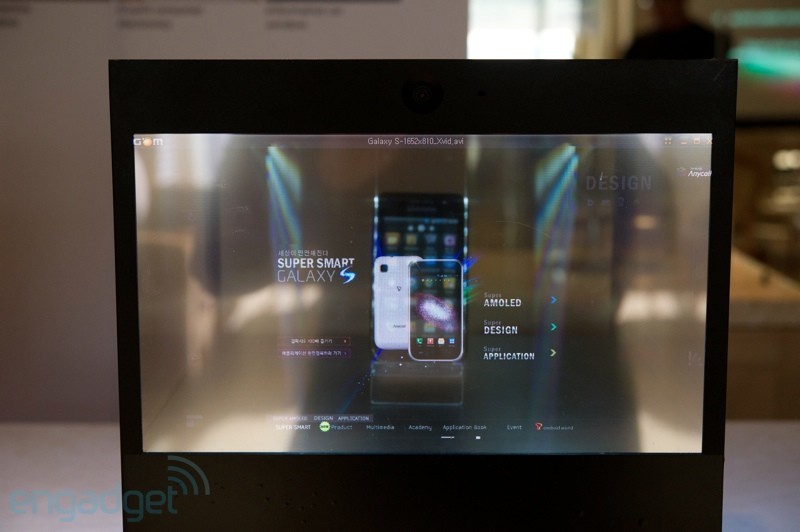 Picture all museum kiosks going futuristic with these prototypes. The flexible display, although currently only made in a very small size, could be wrapped around columns to be used as digital signage or made into cyndriliical displays. And the screen's flexibility makes it practically shatter-proof (in the demo, they hit it with a sledgehammer) and thus an excellent choice for high-traffic areas and exhibits.
Picture all museum kiosks going futuristic with these prototypes. The flexible display, although currently only made in a very small size, could be wrapped around columns to be used as digital signage or made into cyndriliical displays. And the screen's flexibility makes it practically shatter-proof (in the demo, they hit it with a sledgehammer) and thus an excellent choice for high-traffic areas and exhibits.
The clear displays, beside just looking cool, could be used to create a double-sided interactive for visitors (although the image mirroring might be tricky). It also allows visitors to see the space behind the display, making it a less intrusive and more space-maximizing option for limited or crowded exhibit rooms.
This new mouse does all the usual mouse things, but it also can scan images of the things it slides over into the computer. We're imagining using it as a quick and fun way to digitize visitor-contributed drawings and writings.
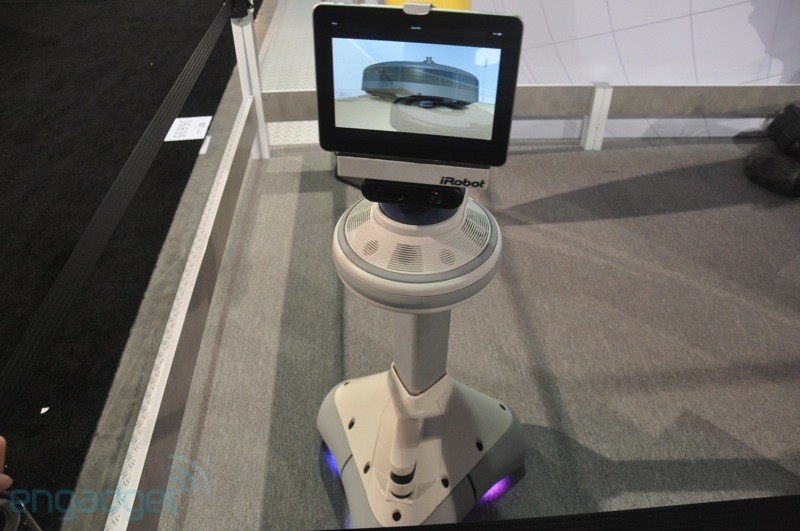 We saved the best for last. This robot has the ability to drive itself around a building and map it entirely, making it one heck of an interactive kiosk or tour guide. Plus you can plop almost any tablet on top of it to serve as its "head", including one of the many impressive Android tablets released at CES or the iPad, allowing you to choose almost any platform for your application. There are no words for how cool this is.
We saved the best for last. This robot has the ability to drive itself around a building and map it entirely, making it one heck of an interactive kiosk or tour guide. Plus you can plop almost any tablet on top of it to serve as its "head", including one of the many impressive Android tablets released at CES or the iPad, allowing you to choose almost any platform for your application. There are no words for how cool this is.
Ideum, Open Exhibits' managing organization, was at CES with our new hardware partners Touch Revolution. Touch Revolution makes some great and affordable multitouch displays, and if you're looking for a touch kiosk solution, their screens should definitely be considered as an option. Thanks to the TR folks for their hospitality.
Pictures courtesy of Engadget
Open Exhibits Gets Wordled
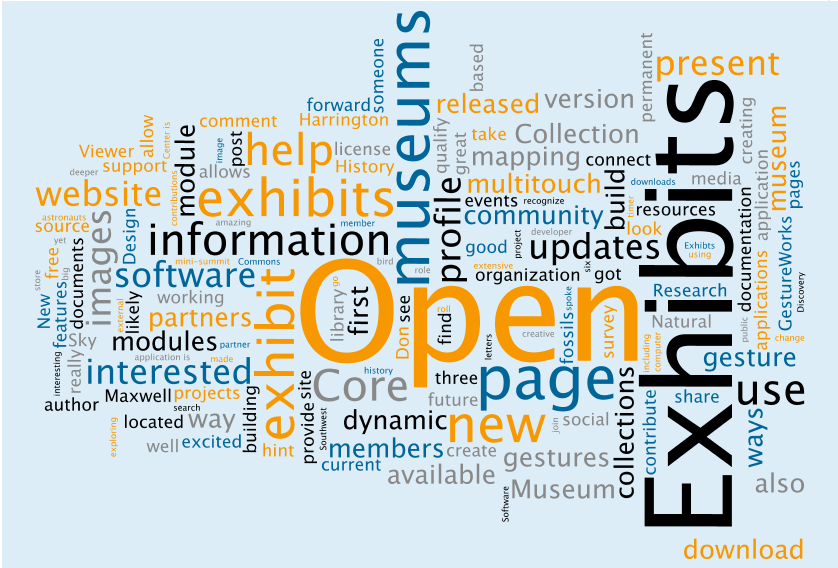 We recently put our RSS feed into Wordle as a fun way to see which topics are most written about on the Open Exhibits blog. Wordle will take an RSS feed or text that you provide and create a visualization of commonly used words, with the words that are used most frequently appearing the largest. Not surprisingly, "Open" and "Exhibits" feature the most prominently in our Wordle, followed by "information," "exhibit," "software," and "museums". No big surprises there, but it's definitely a fun visualization tool for museums and bloggers alike.
We recently put our RSS feed into Wordle as a fun way to see which topics are most written about on the Open Exhibits blog. Wordle will take an RSS feed or text that you provide and create a visualization of commonly used words, with the words that are used most frequently appearing the largest. Not surprisingly, "Open" and "Exhibits" feature the most prominently in our Wordle, followed by "information," "exhibit," "software," and "museums". No big surprises there, but it's definitely a fun visualization tool for museums and bloggers alike.
Wordles aren't limited to blog feed analysis. Many users create graphics that present a lot of information in an easy-to-read format. One person created a Wordle of the most common crossword answers, while others use it to visualize the most-covered news topics. And you can control the font, word alignment and colors used to create striking custom images.
See our Wordle here or create your own at http://www.wordle.net/create.
Open Exhibits in 60 Seconds Video
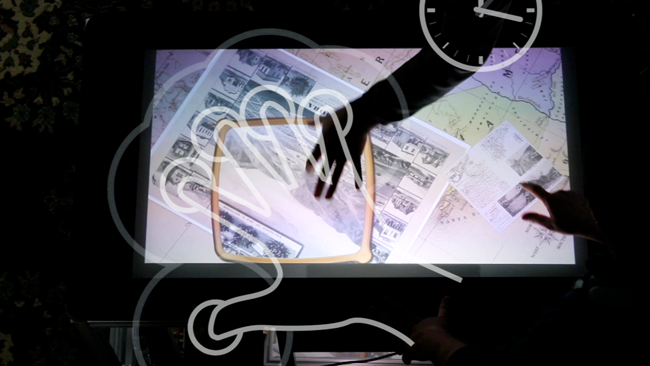 We've recently created a new video, "Open Exhibits in 60 Seconds," that gives a quick overview of Open Exhibits and how to use it. We designed the project and website to bring a wide variety of users and skill sets together, and we thought an introductory video would help each type of user figure out how they can best contribute to the project.
We've recently created a new video, "Open Exhibits in 60 Seconds," that gives a quick overview of Open Exhibits and how to use it. We designed the project and website to bring a wide variety of users and skill sets together, and we thought an introductory video would help each type of user figure out how they can best contribute to the project.
As always, we look forward to hearing your feedback, so if there are other videos or tutorials you'd like to see, feel free to post a comment below or on our YouTube page.
Watch the video below.
Gesture-Based Computing: Four to Five Years Out?
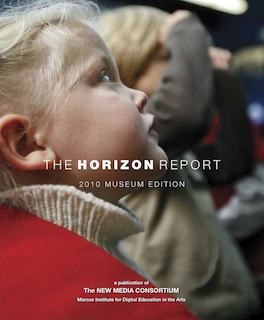 (Cross-posted from Ideum blog)
(Cross-posted from Ideum blog)
The New Media Consortium has published the 2010 Horizon Report: Museum Edition which "identifies and describes emerging technologies likely to have a large impact over the coming five years on a variety of sectors around the globe."
A section on Gesture-Based Computing caught my eye for obvious reasons. The report lists the time-to-adoption horizon for gesture-based computing as four to five years. We agree with many of the report's findings, but since we've been involved in developing multitouch and multiuser applications for over two years now, I would move that timeline forward. Although what one would consider "adoption" and how widespread it is seems to be open to interpretation.
Below are a few of the points that we found especially interesting. The report calls gesture-based computing a transformative technology.
"Because gesture-based computing changes not only the physical and mechanical aspects of interacting with computers, but also our perception of what it means to work with a computer, it is a transformative technology."
It mentions the importance of allowing visitors to "manipulate objects" and how that is a "satisfying personal connection of an individual with the object. In addition, the report touches on the potential of collaborative interaction:
"Larger multi-touch displays support collaborative work, allowing multiple users to interact with content simultaneously, unlike a single-user mouse."
The potential for collaborative work and communication between museum visitors in the report really should be expanded. Our experiences in developing multitouch exhibits has shown us that beyond "intuitive gestures," multitouch means multiuser and well-constructed exhibits can encourage interaction between visitors. In fact, the interaction we've seen around multitouch tables is similar to the types of interaction one might expect from a hands-on science exhibit.
The report is worth checking out and there are a variety of links to examples of multitouch exhibits (including two of our own).

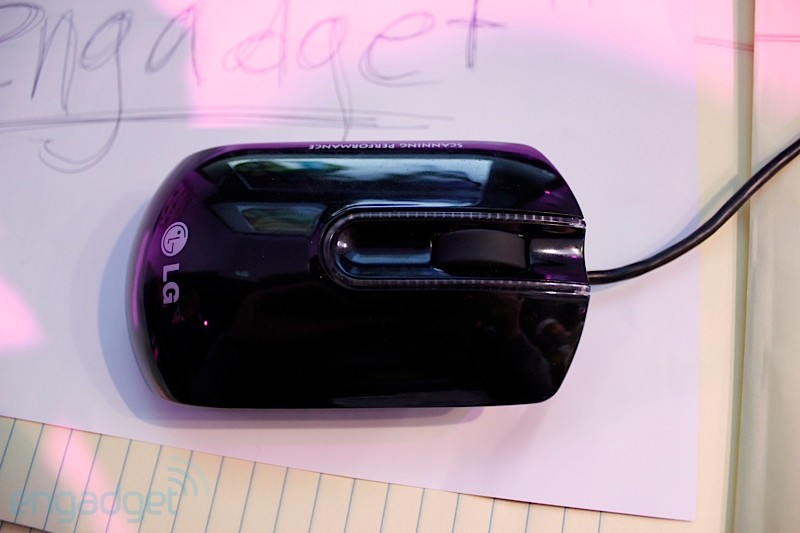 LG LSM-100 Scanner Mouse
LG LSM-100 Scanner Mouse